
A bag each day, every day in 2022
2022 marks the 100th anniversary of the first time the Bloomingdale's Department Store printed a message to their customers on a brown paper bag. In recognition of this anniversary, the Institute for Human Science and Culture has launched a #BagOfTheDay project on Twitter. Every day throughout 2022, we will tweet a bag from the Lee L. Forman Collection of Bags and highlight the unique history, art, and fun facts of the world of bags. From Bloomingdale's bags to bag-themed wristwatches, each day brings a new highlight from the Forman Collection.
Below you will find an archive of the #BagOfTheDay project, updated weekly. Click on the images to read the associated tweet. For the most recent posts, follow on Twitter.








































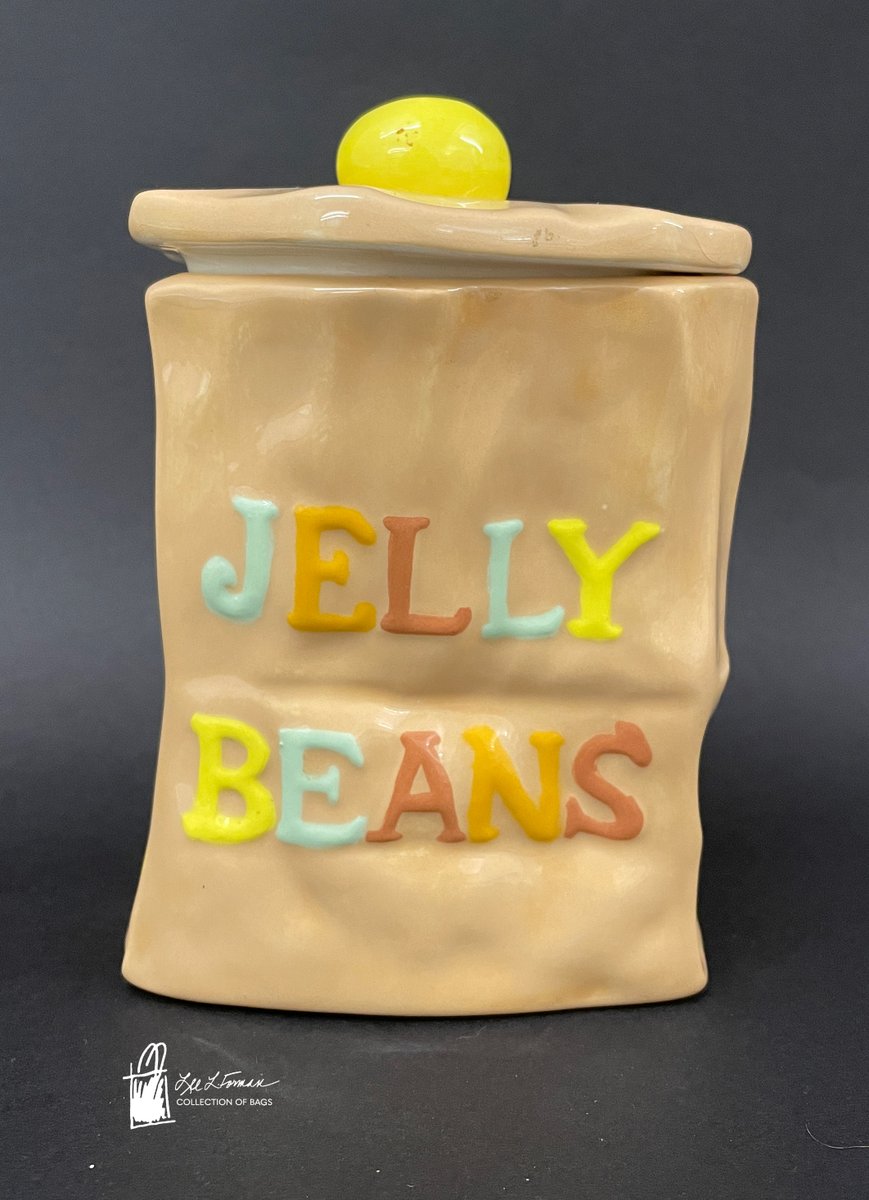























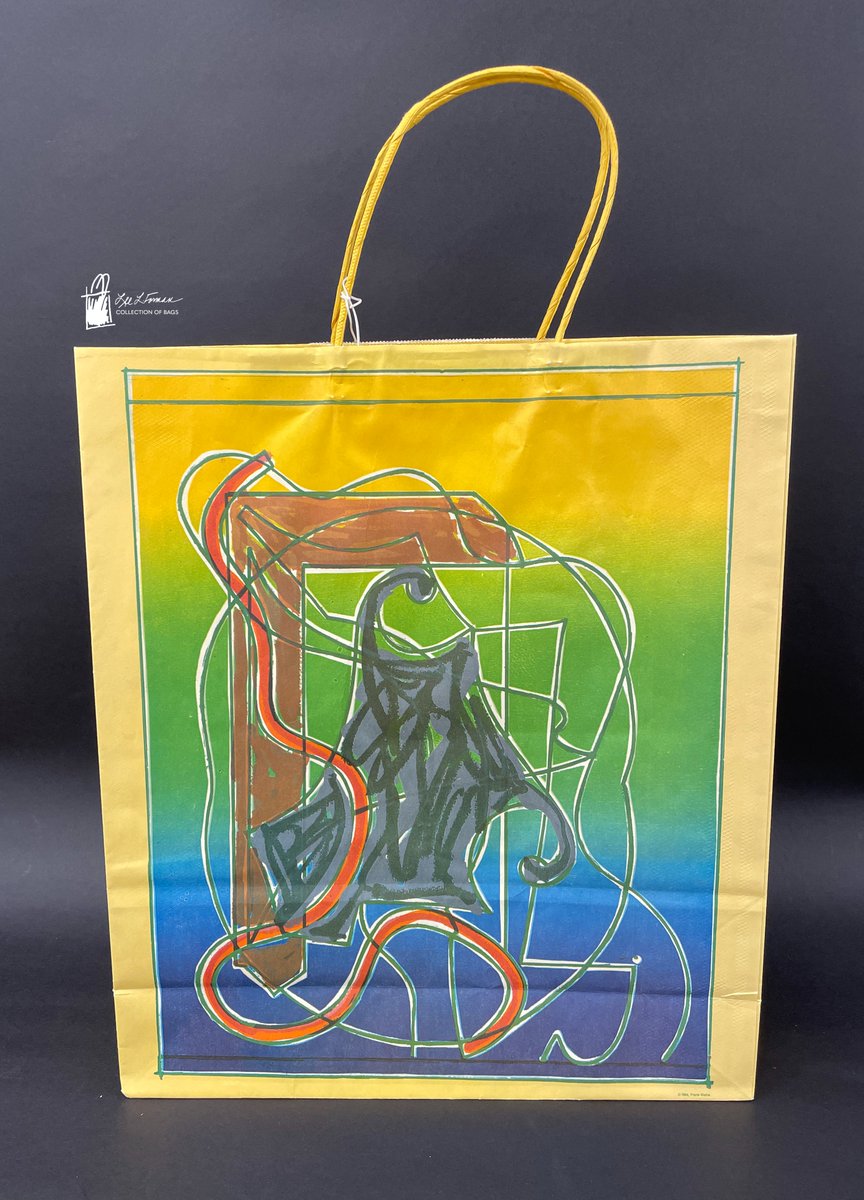



















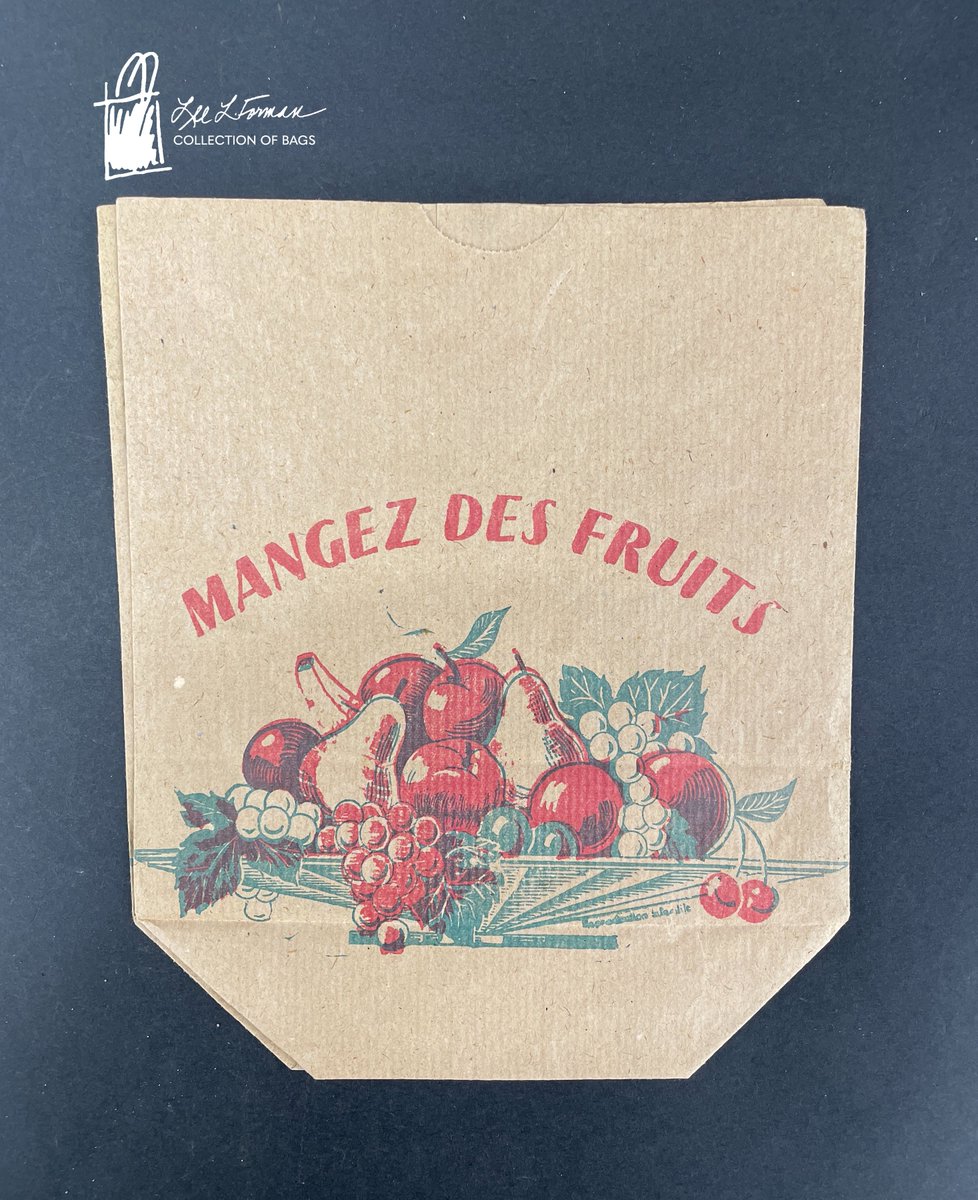




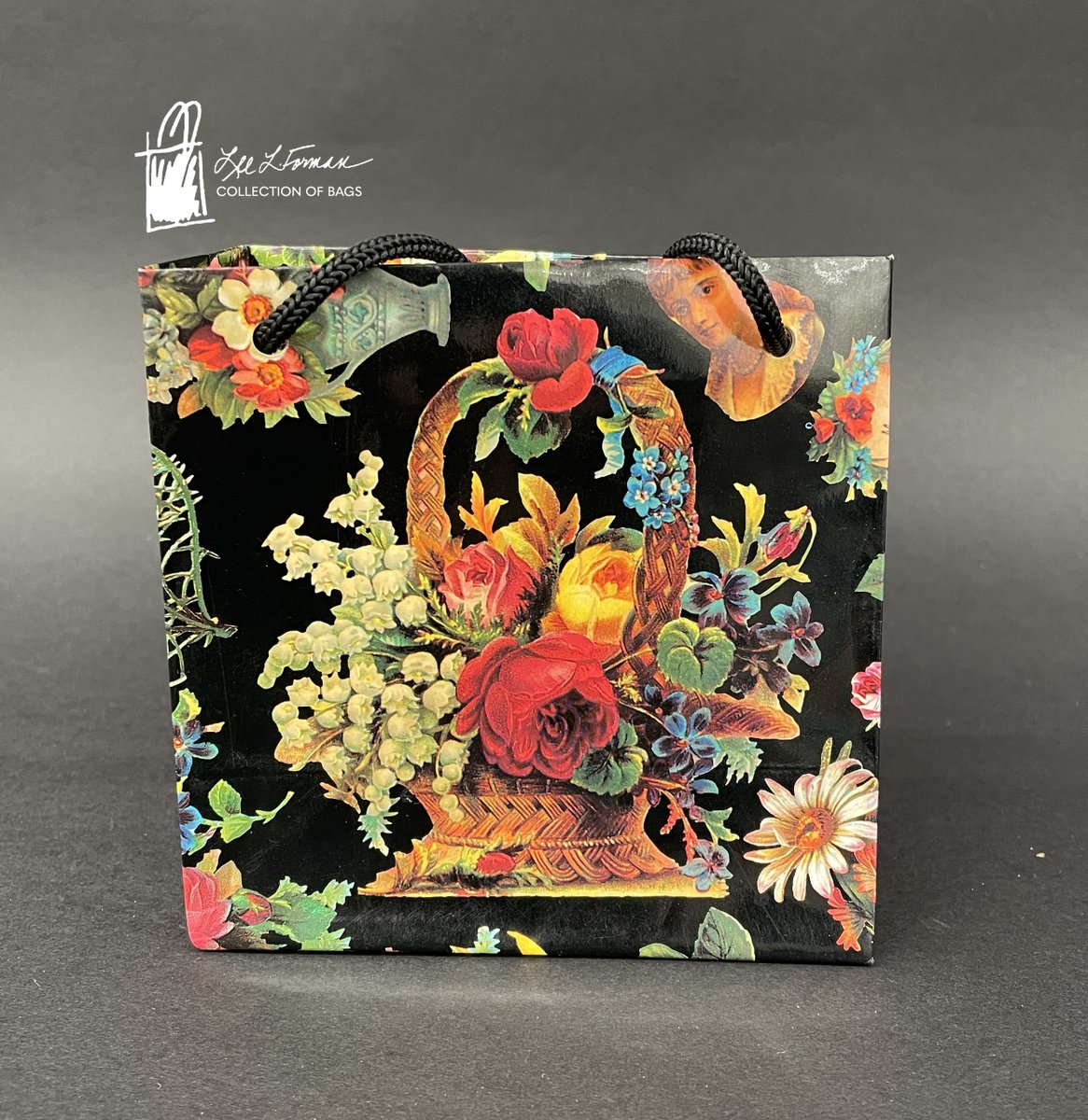









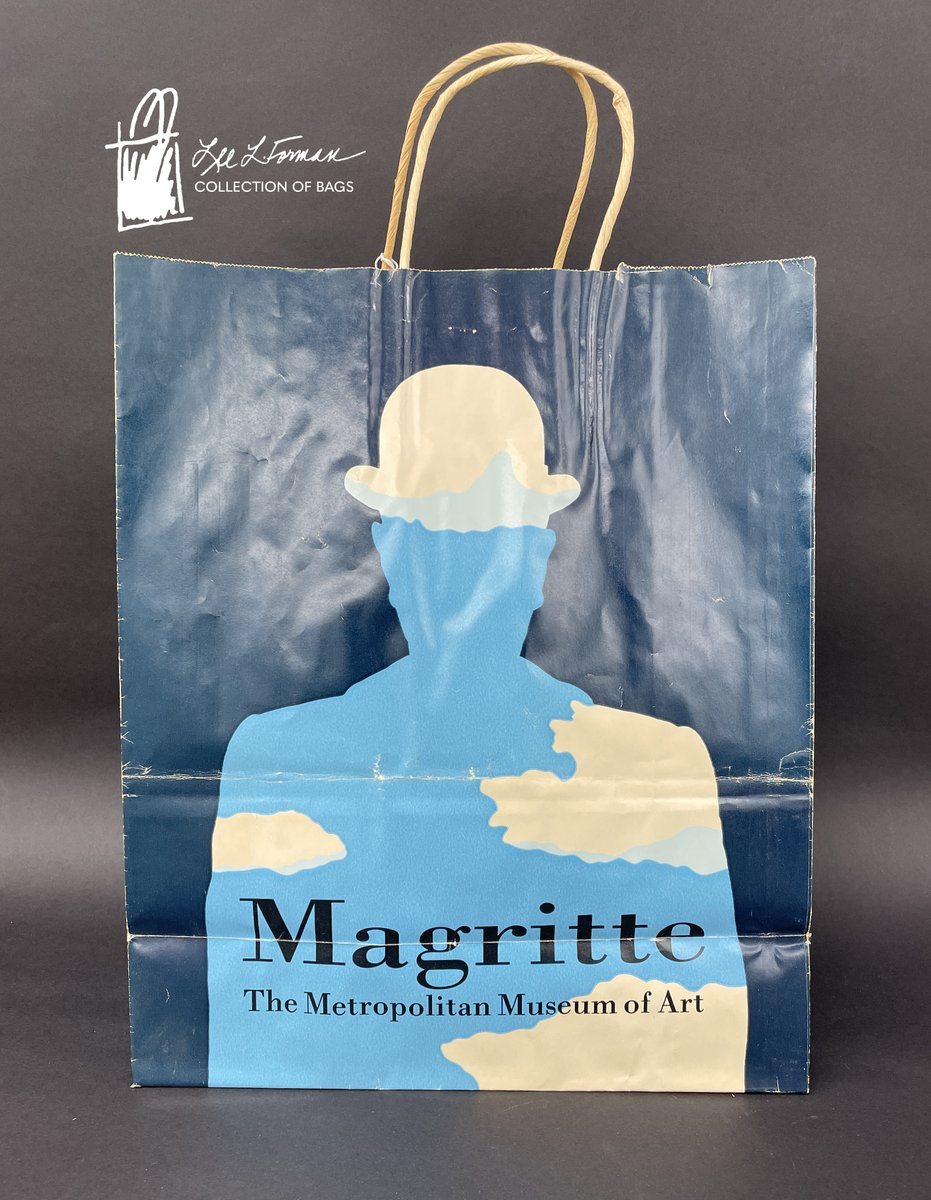


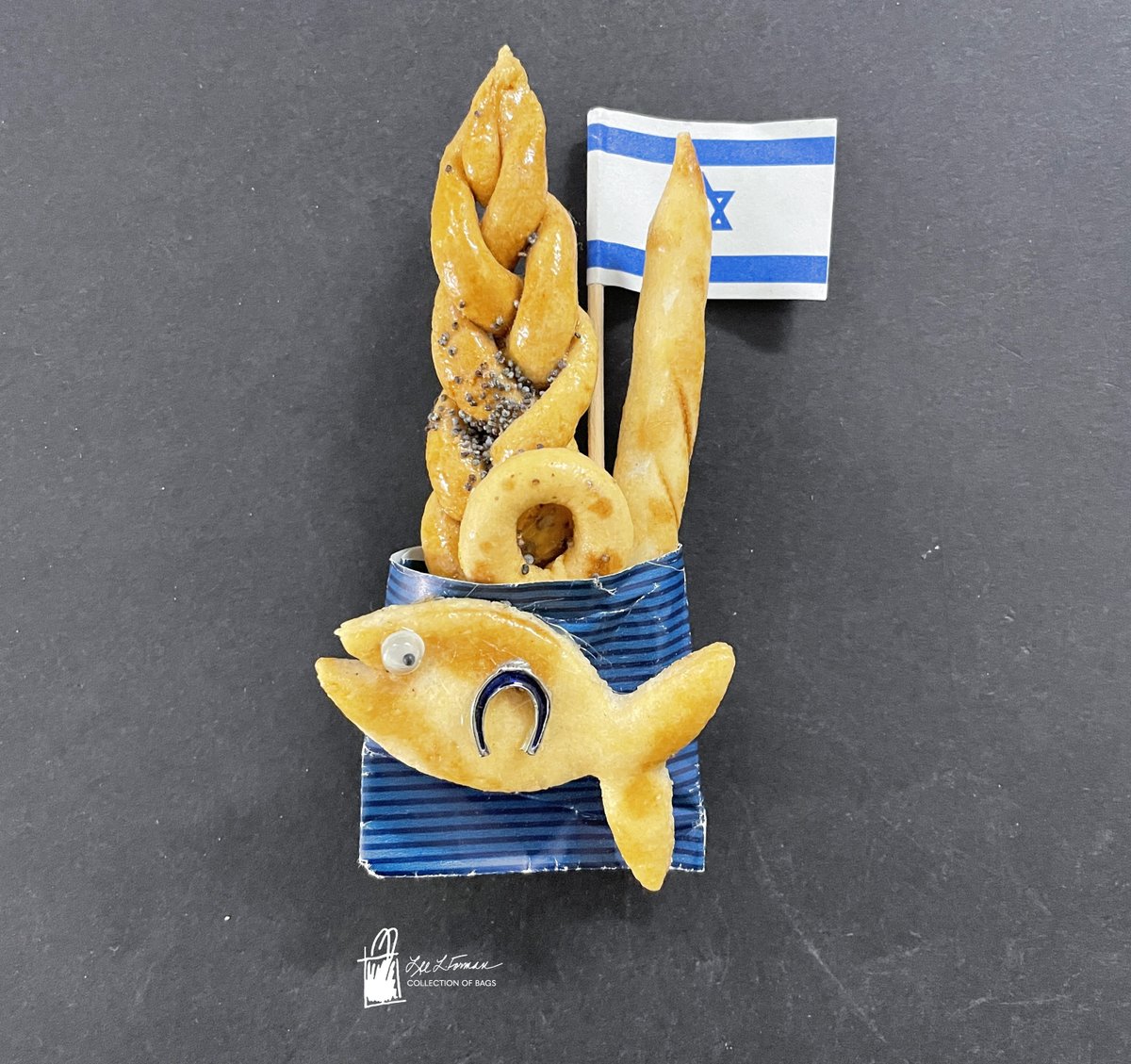










































































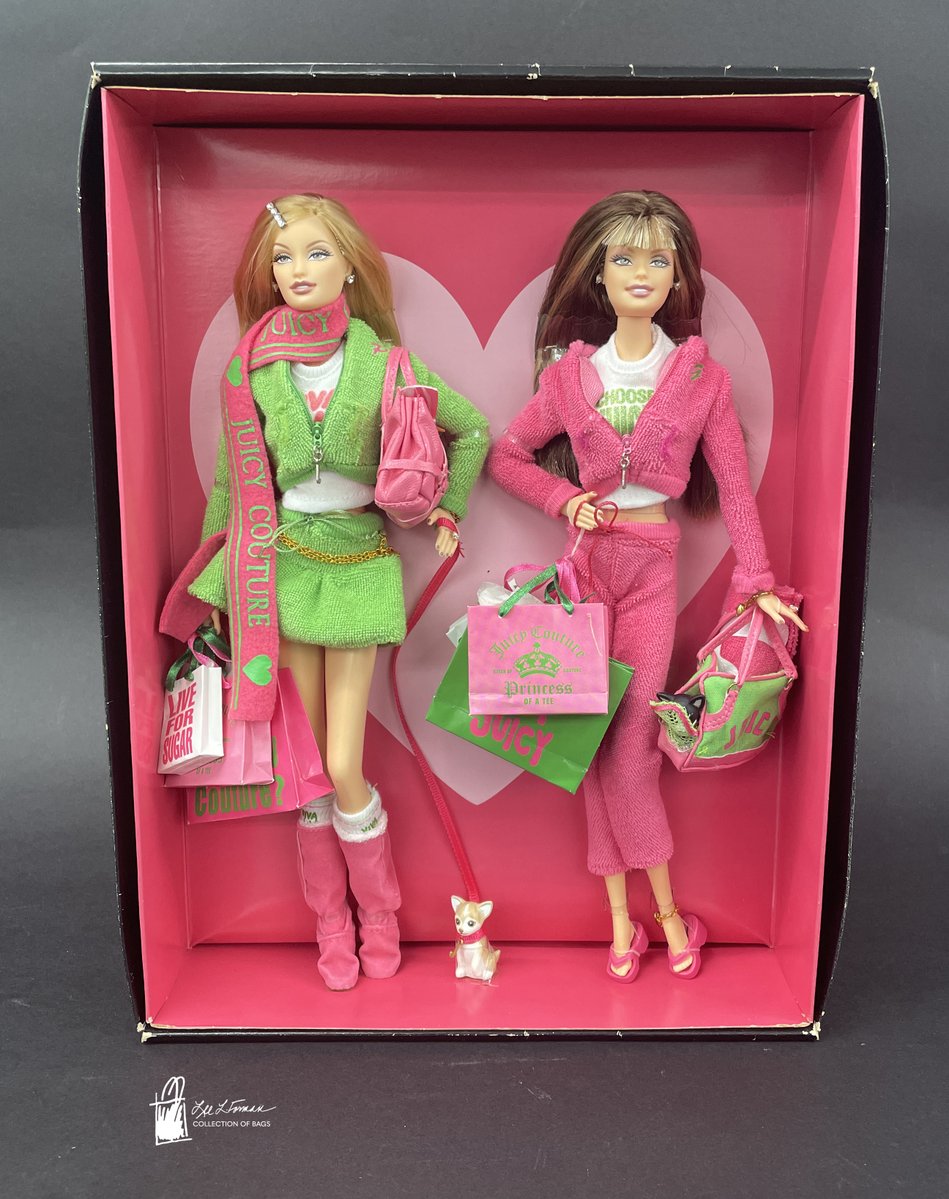













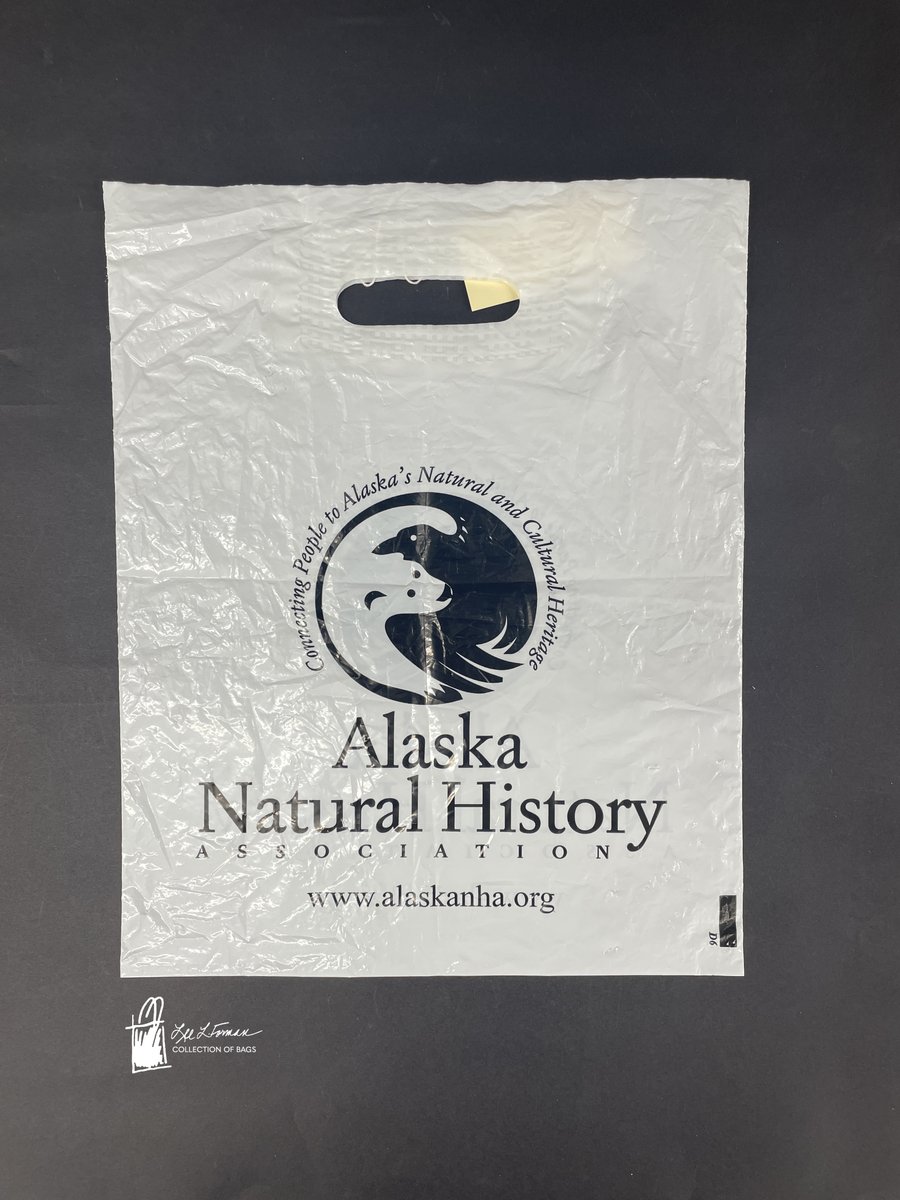







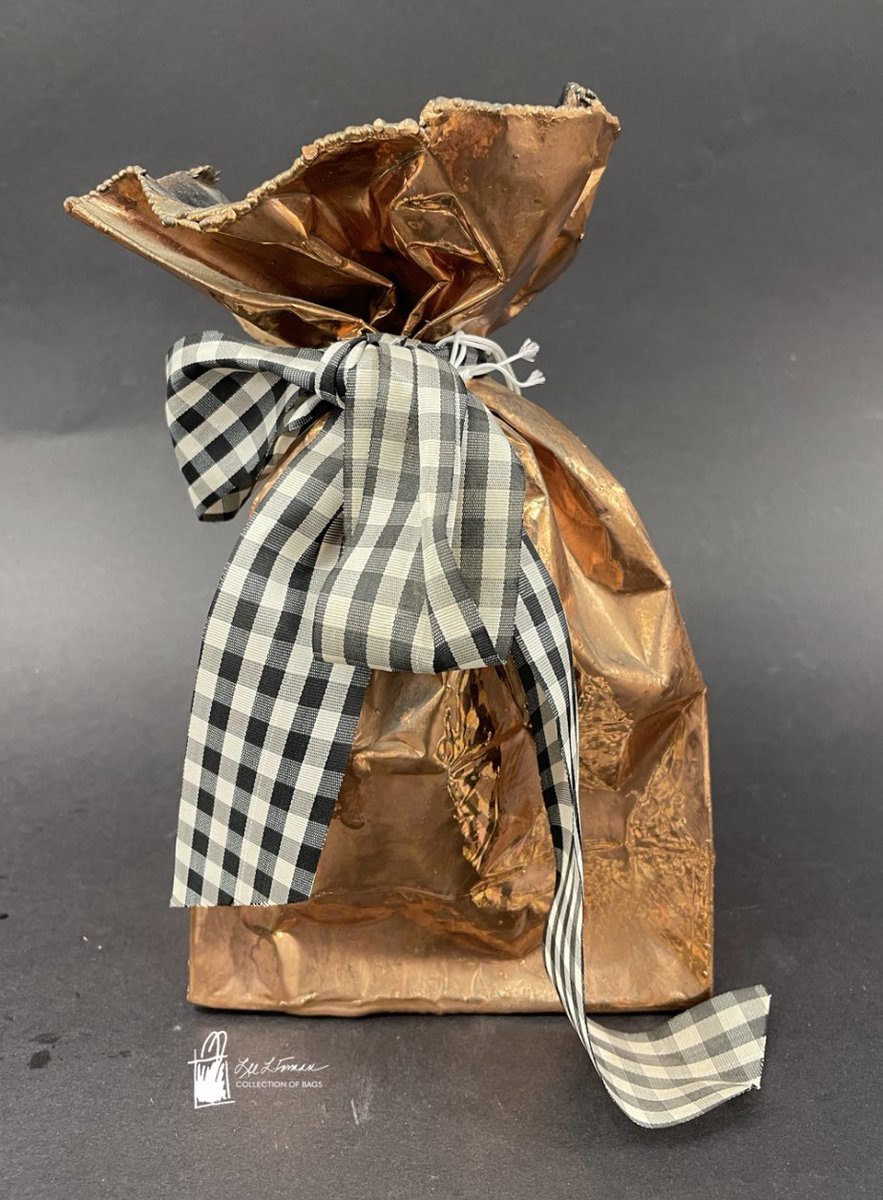



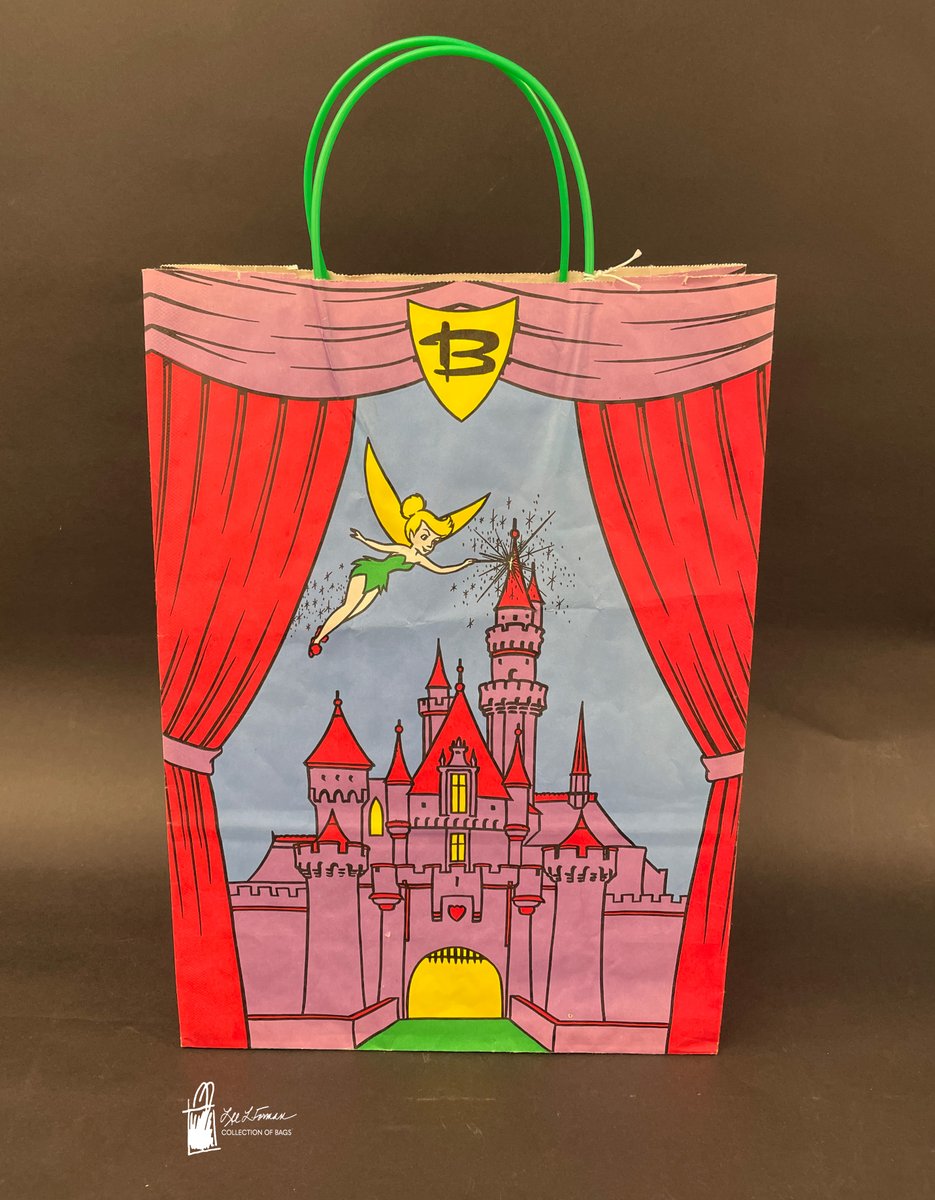


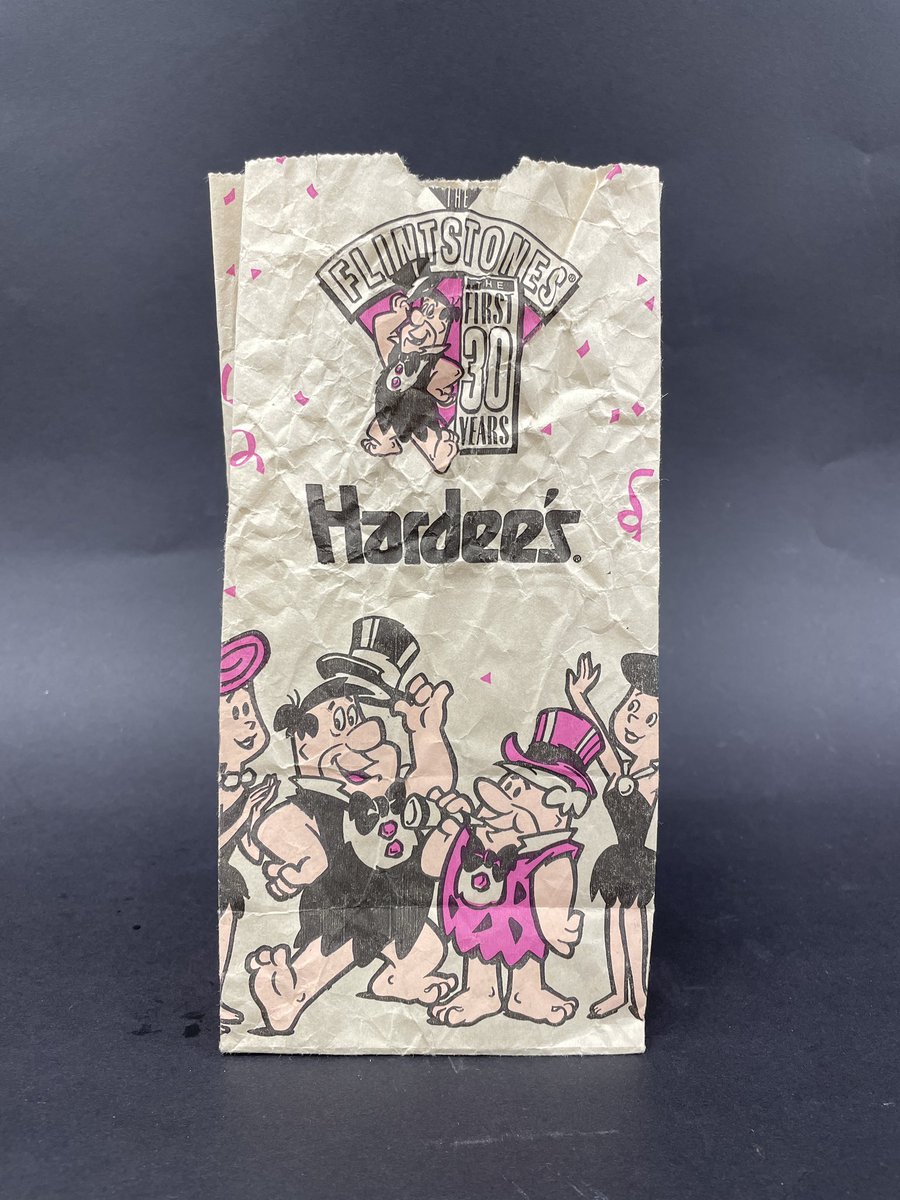


















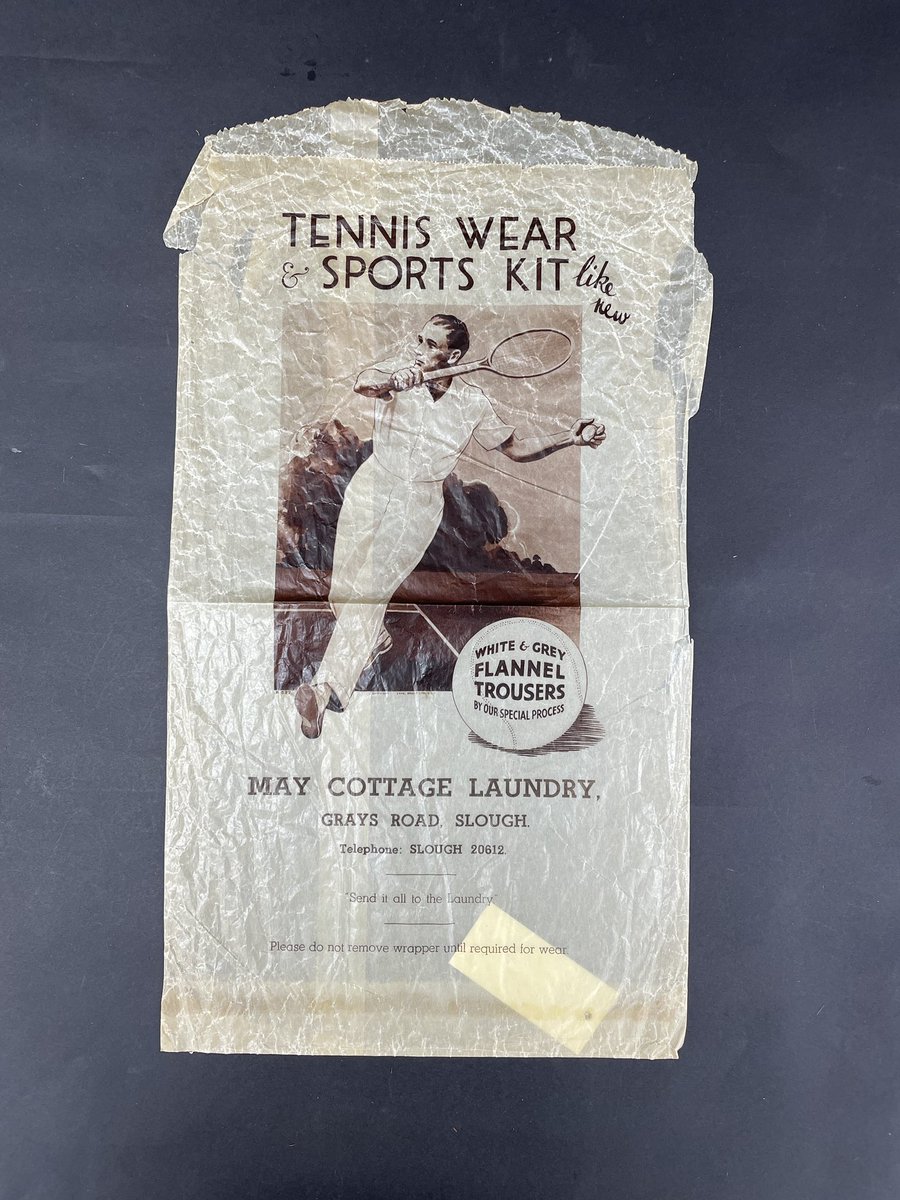



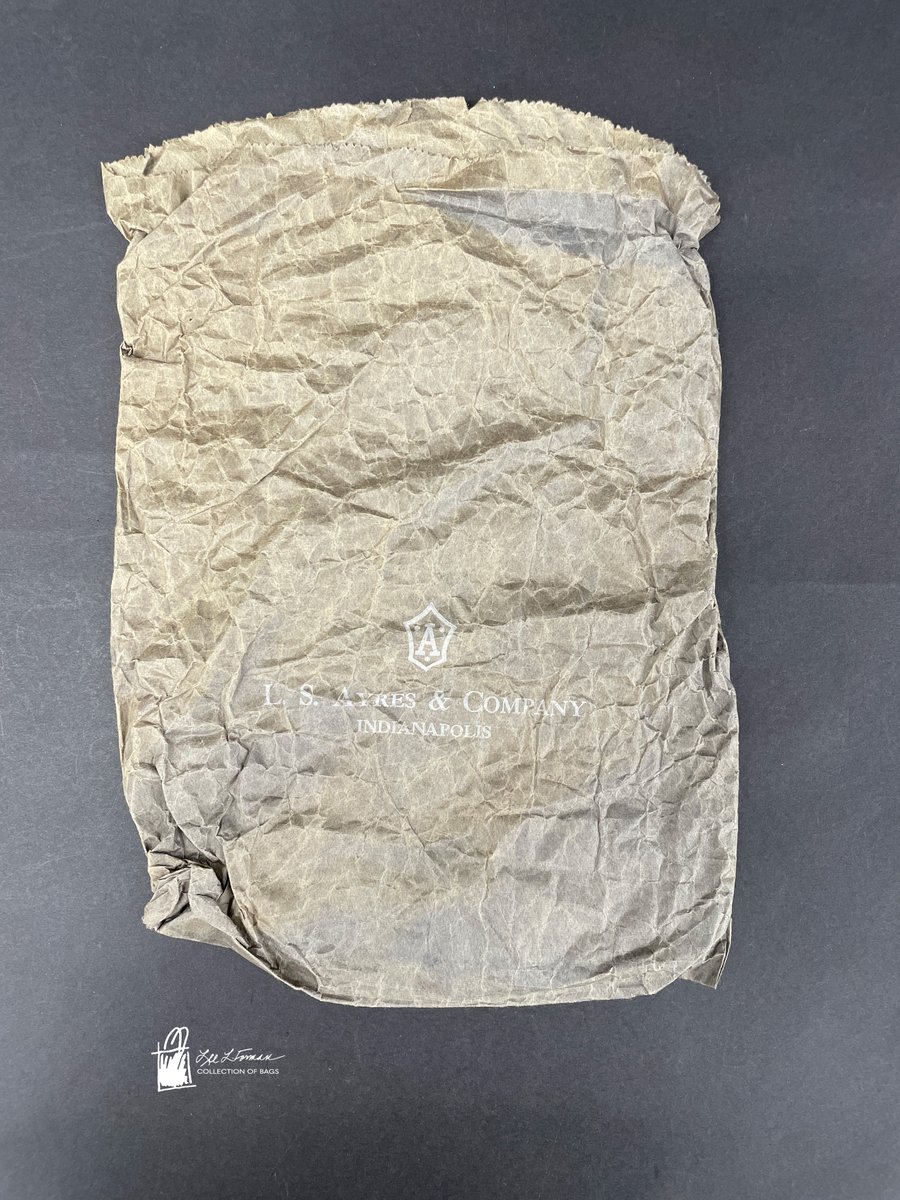




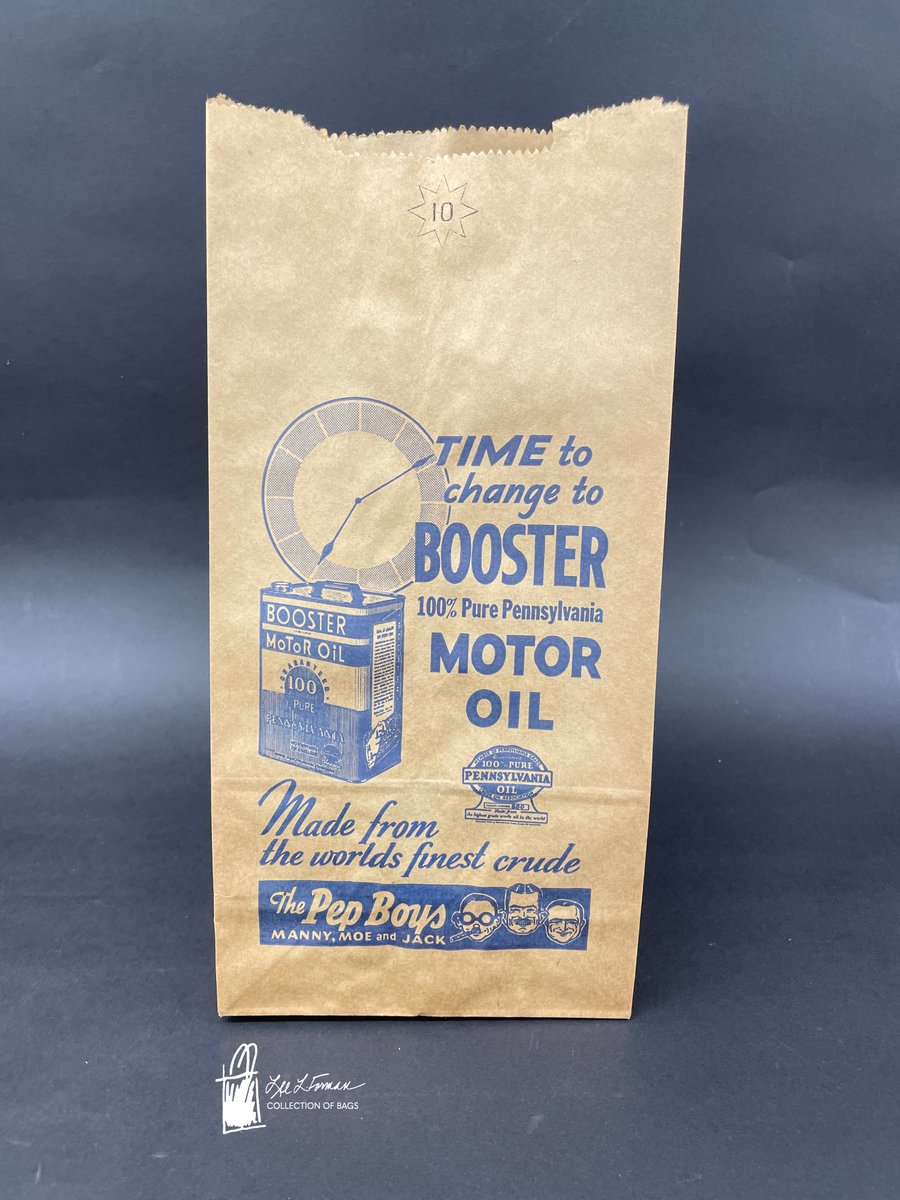



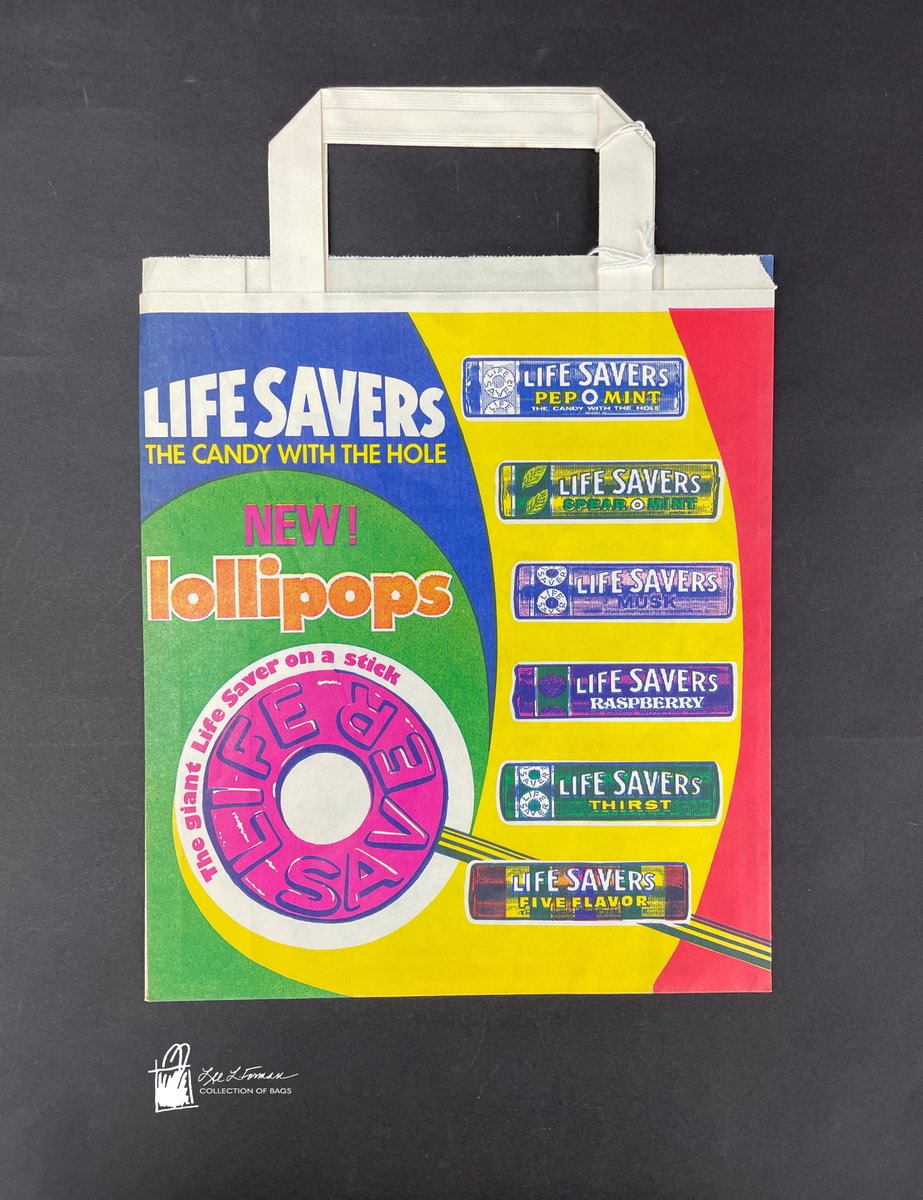















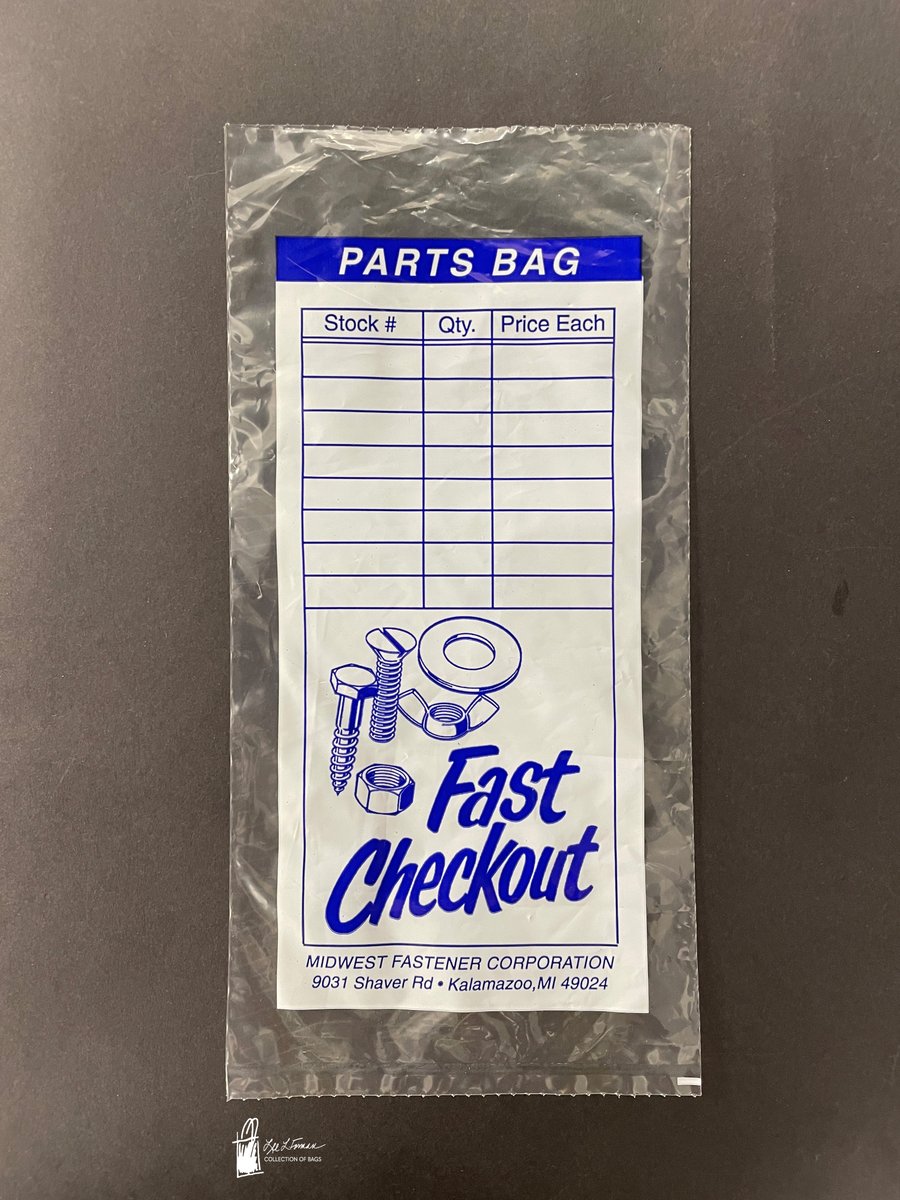










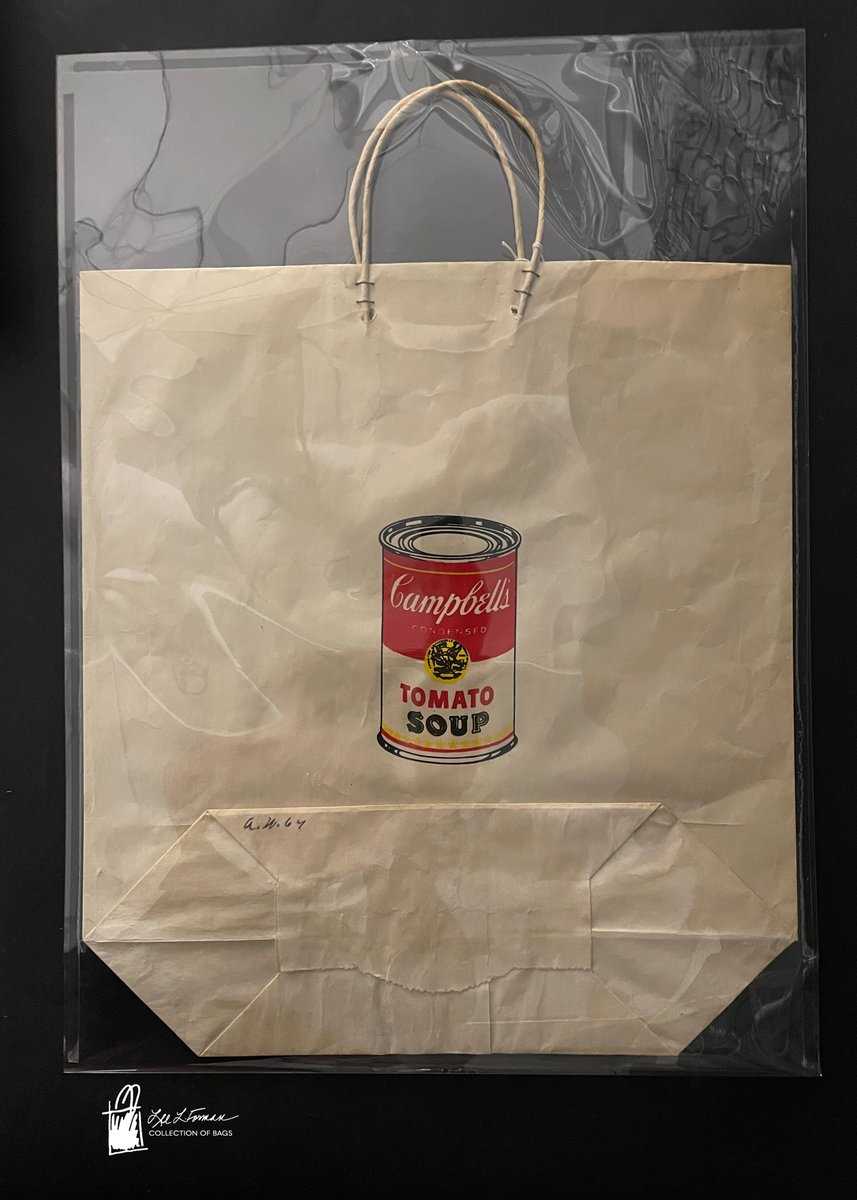

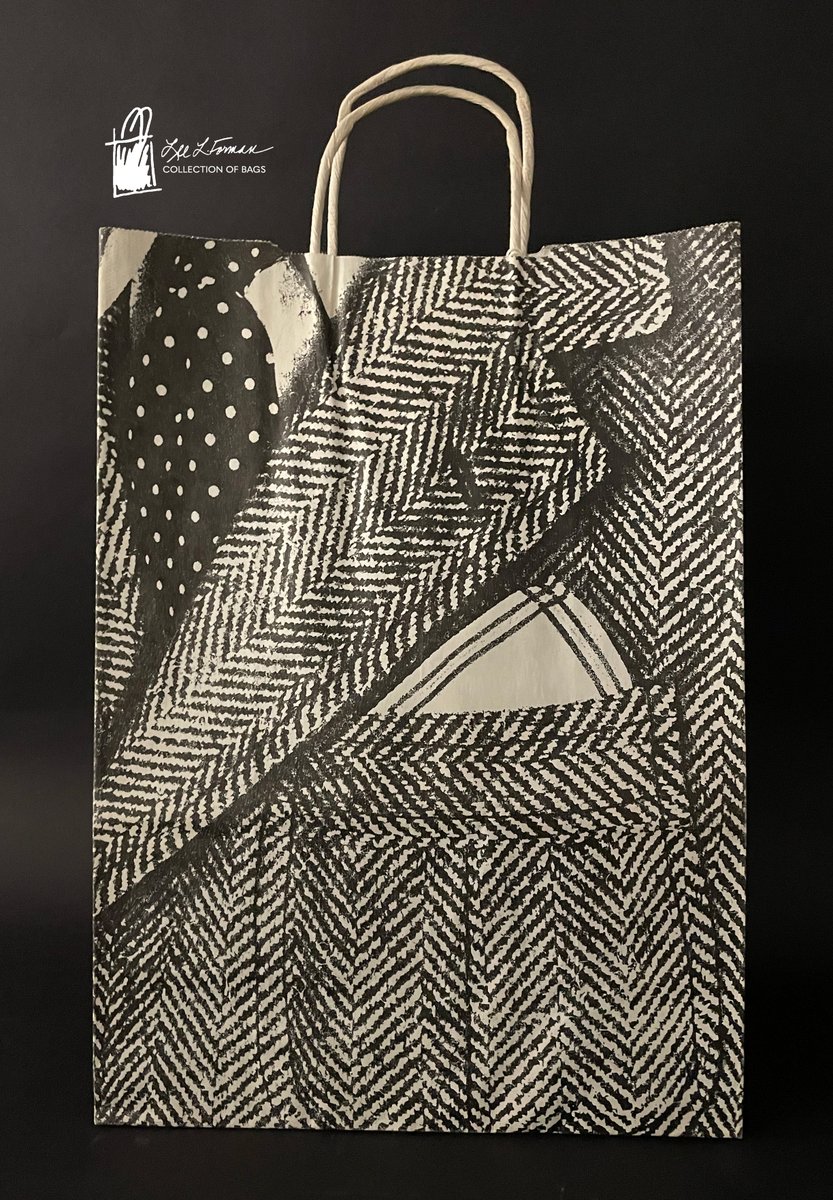





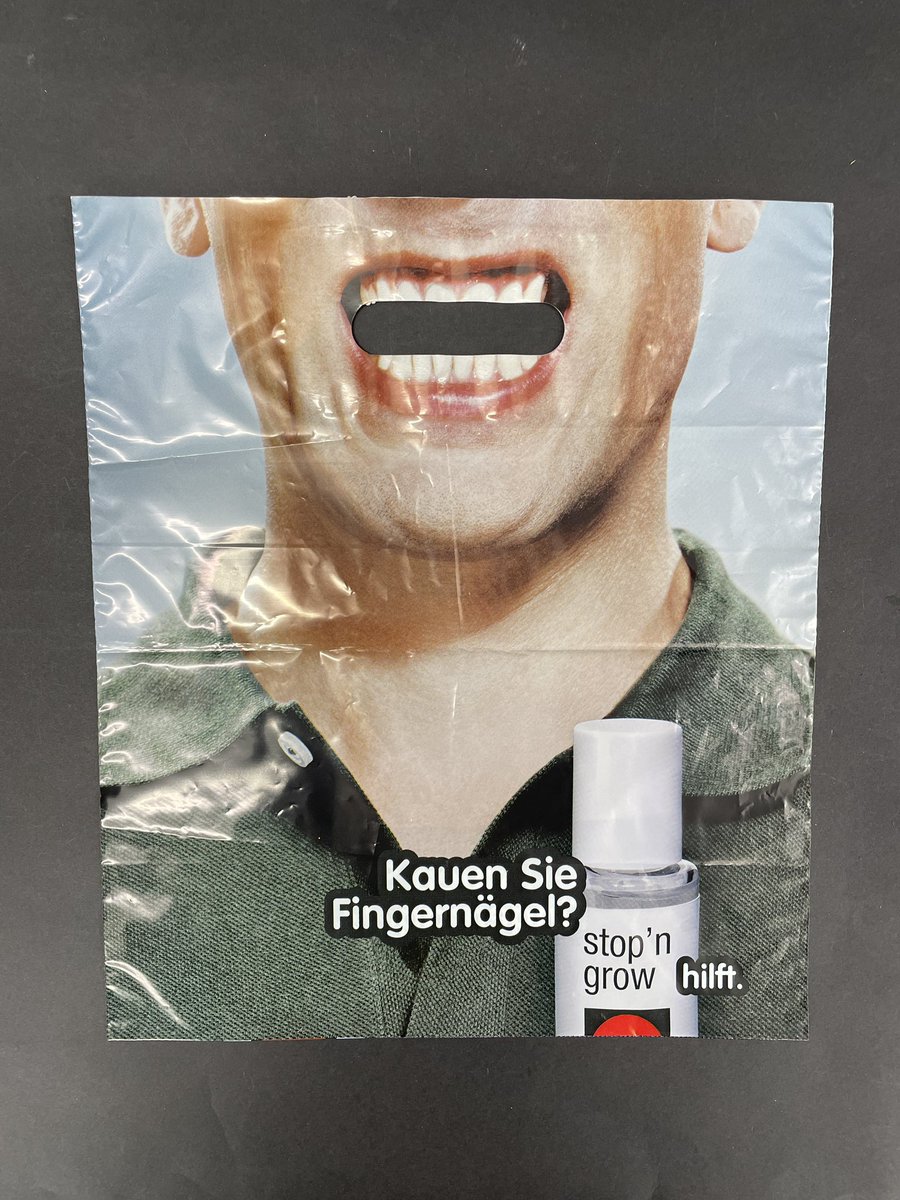

























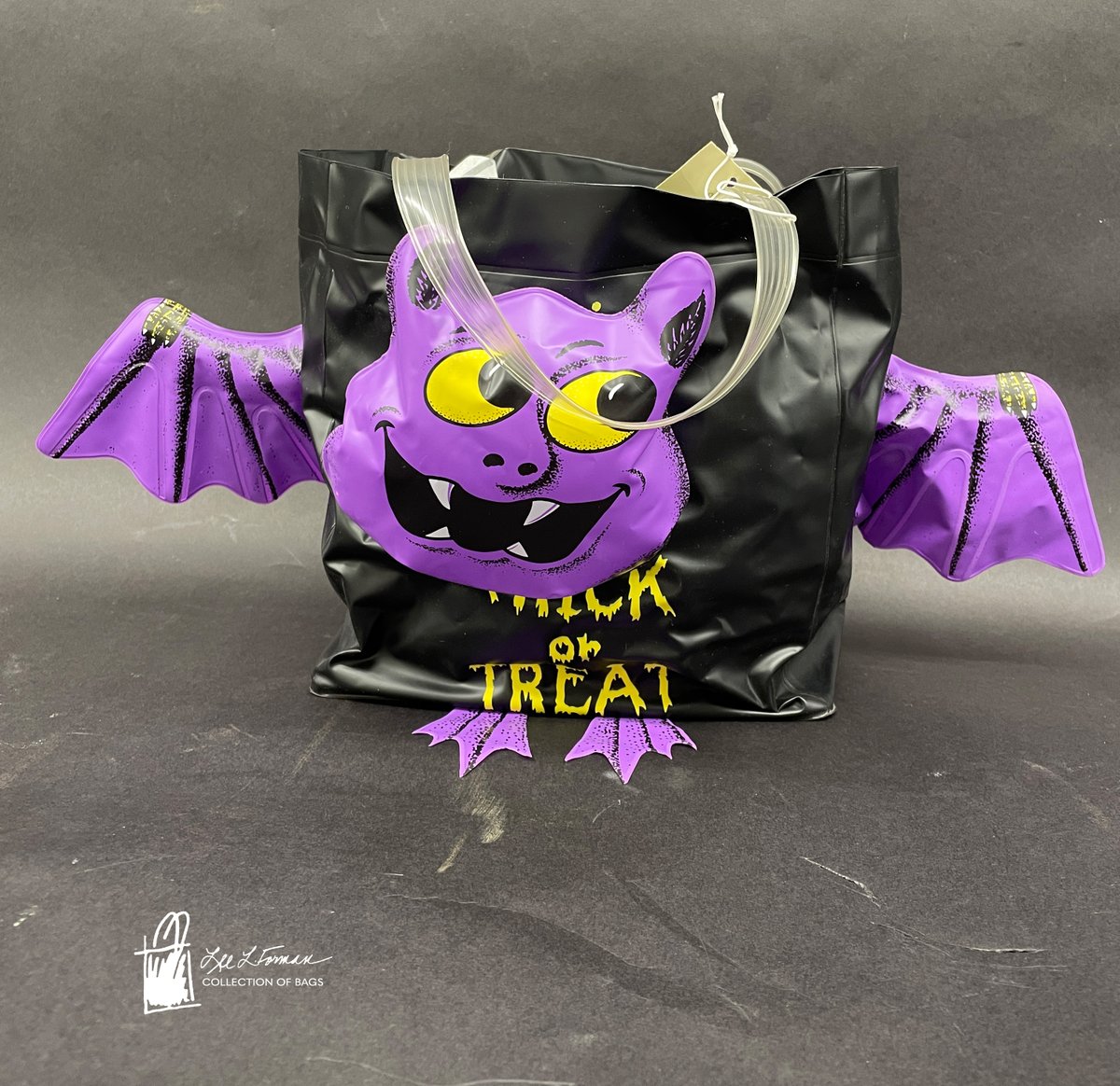


















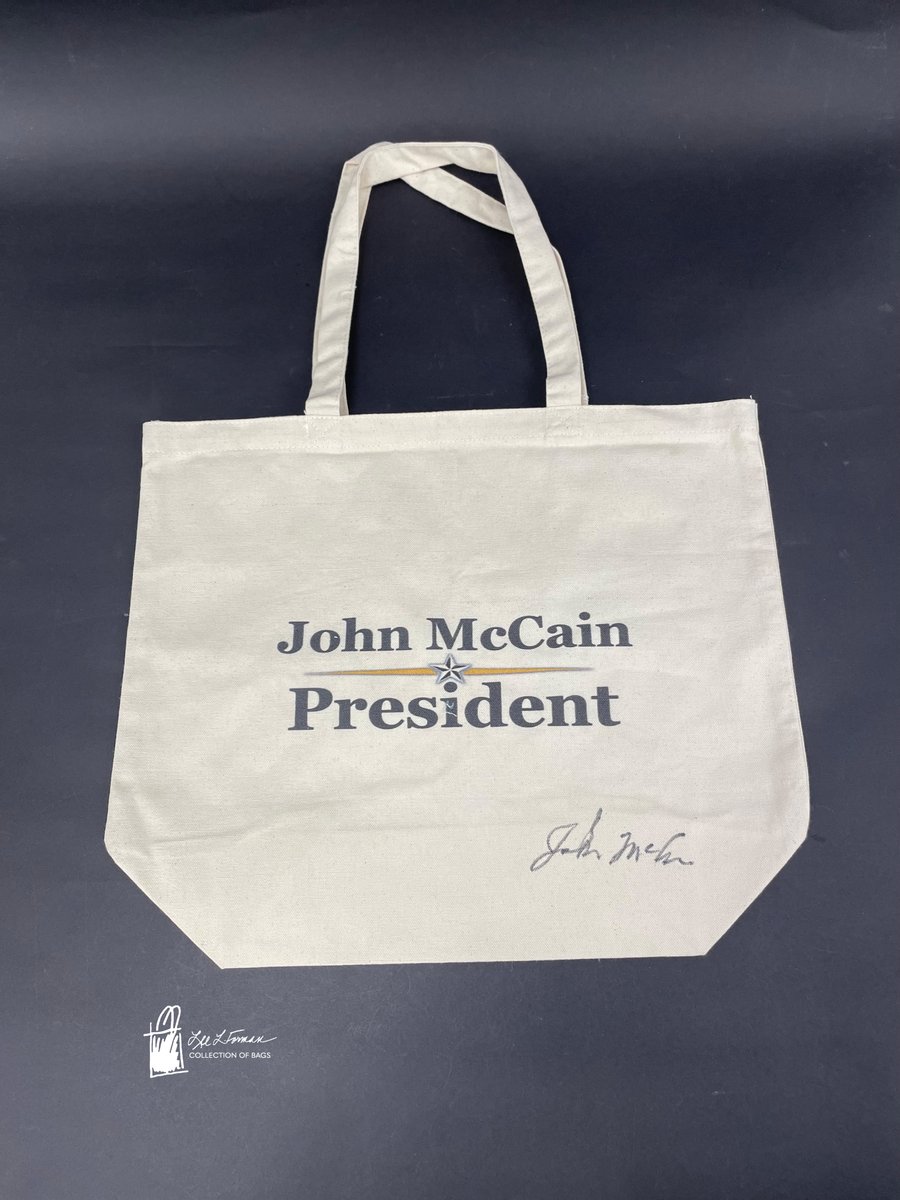


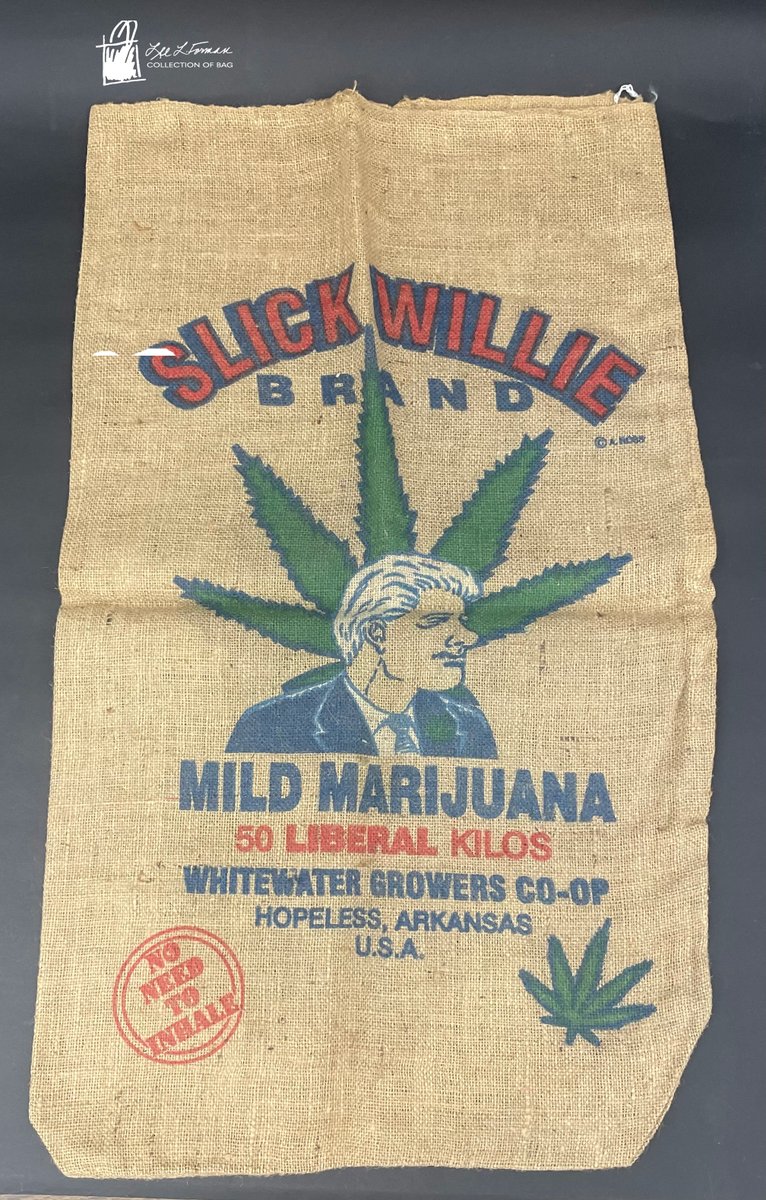

























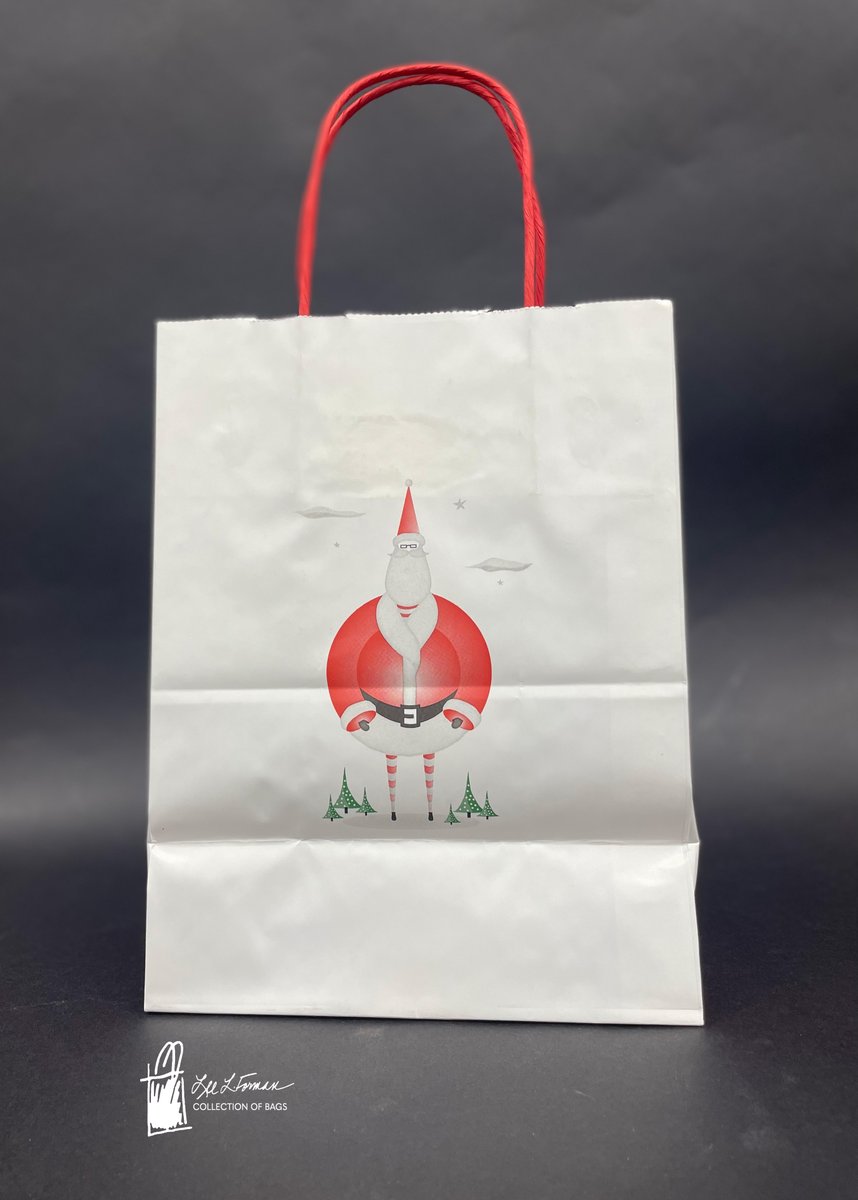



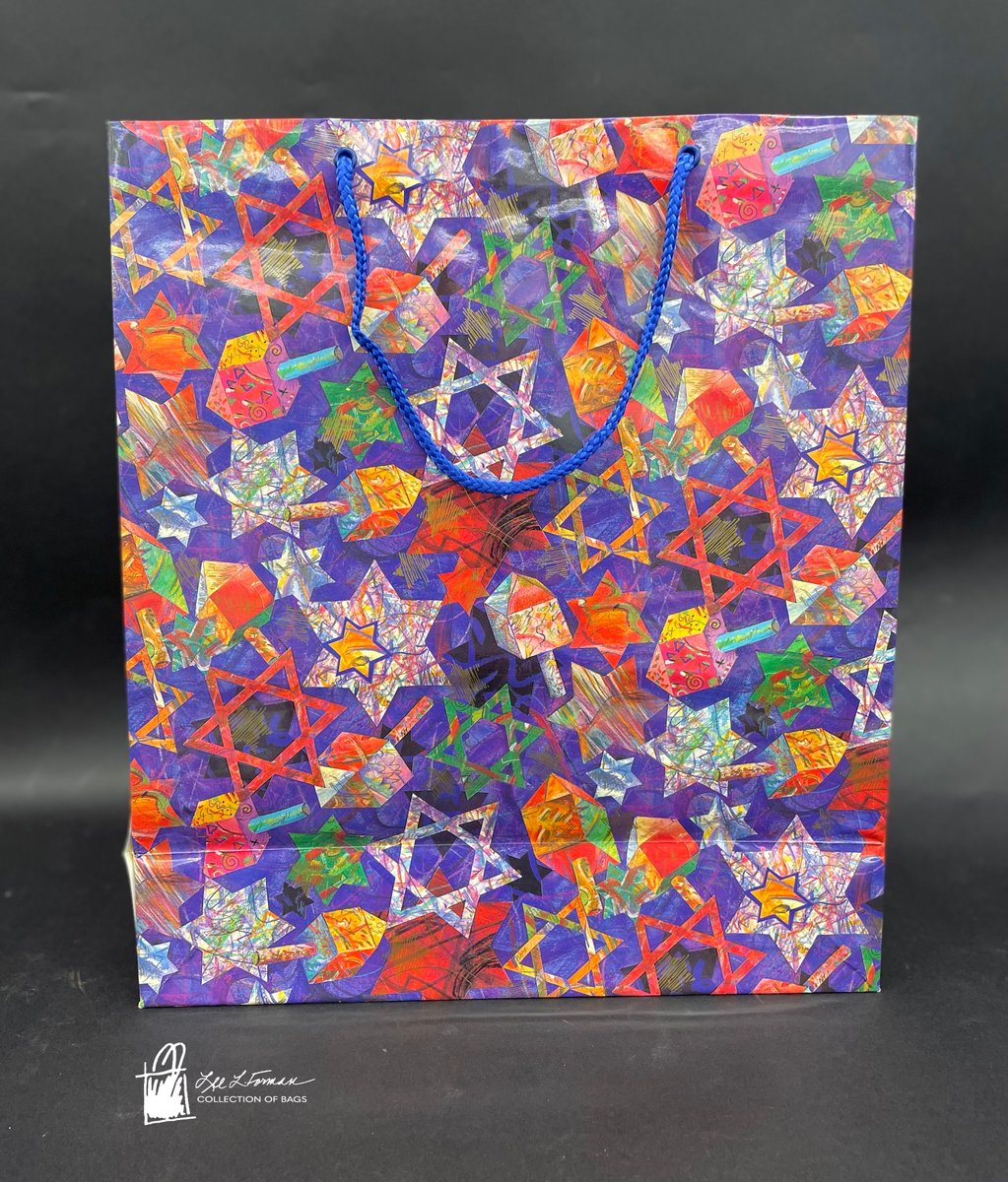







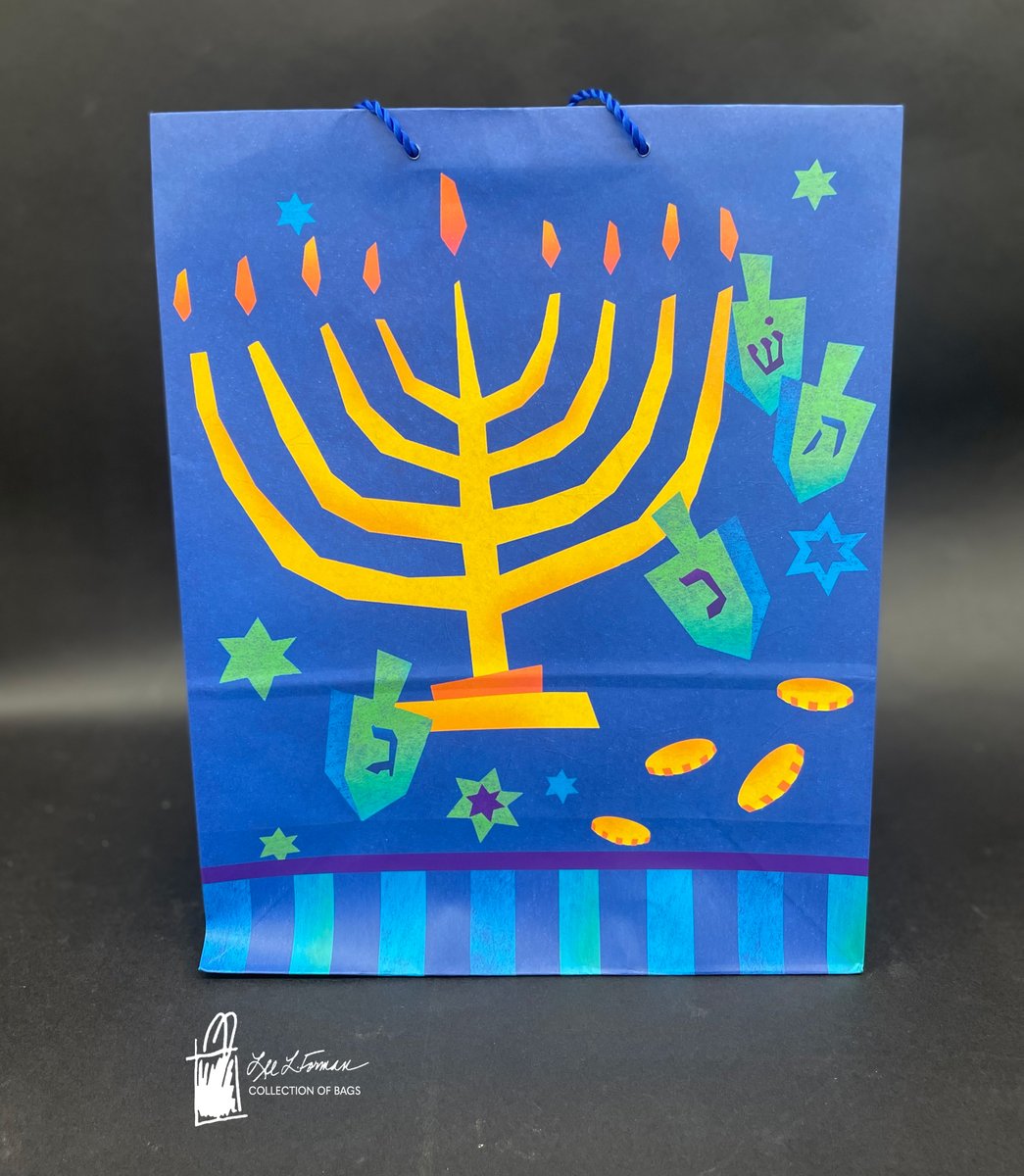



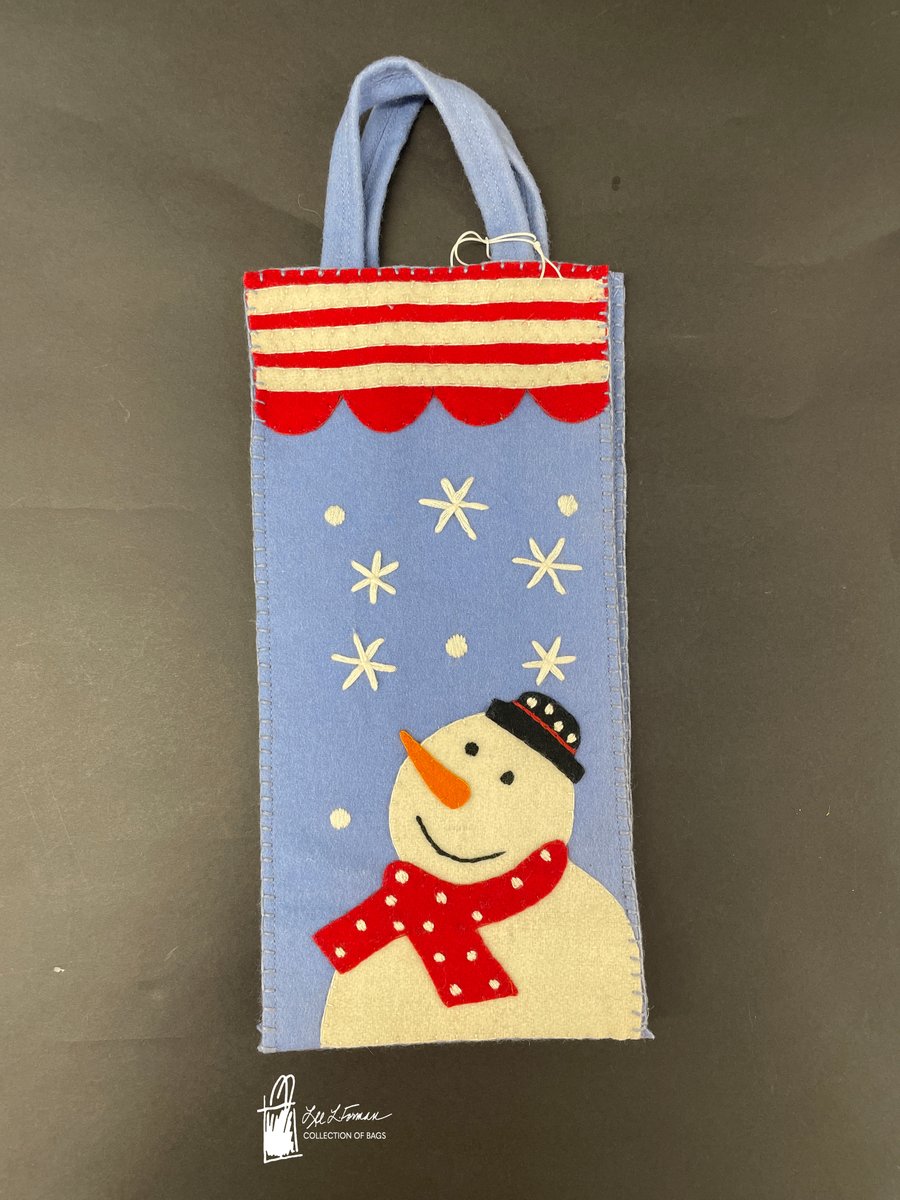

×
![]()
